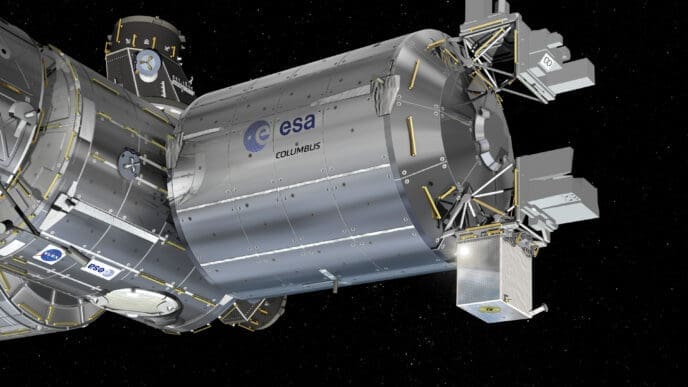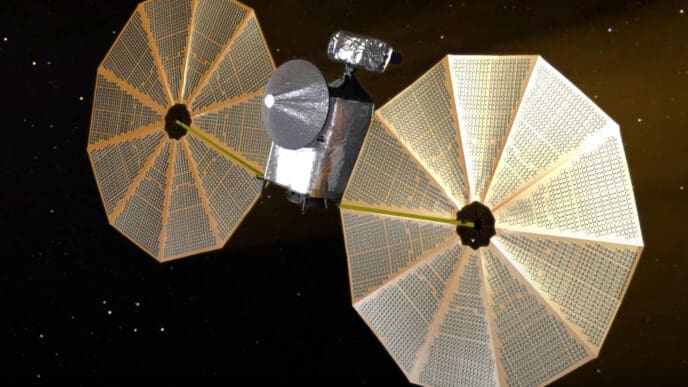A geomagnetic storm watch issued by the National Oceanic and Atmospheric Administration (NOAA) predicts potential northern lights in the upper Midwest this Christmas.
An incoming coronal mass ejection (CME), which left the sun on December 23 following a powerful M8.9 solar flare eruption, is anticipated to cause minor geomagnetic storm conditions on December 25. This could result in aurora displays over northern states such as Michigan and Maine. When a CME impacts Earth’s magnetosphere, ions collide with the planet’s magnetic field, potentially sparking geomagnetic storms. These interactions emit energy that appears as light, creating the stunning aurora displays known as the northern lights in the Northern Hemisphere.
Geomagnetic storms are classified by NOAA using a G-scale that ranges from G1 (minor) to G5 (extreme). The current watch has been rated as G1, indicating minor storm conditions. Though space weather shares similarities with terrestrial weather in unpredictability, forecasters are hopeful that the event will manifest visible auroras.
[twitter-embed-display twitter_url=’https://twitter.com/cantworkitout/status/1871362136188088826′]
Space weather physicist Tamitha Skov highlighted upcoming space weather activity on a social media post. She noted that a wispy storm is expected on December 24, with a more significant impact possibly following on Christmas Day. She also mentioned that amateur radio and GPS operators might experience moderate interference on the dayside radio bands this week.
However, as space weather predictions are inherently uncertain, there is always the possibility that these geomagnetic storm conditions might not produce significant auroral displays. For those interested in tracking these events, space weather apps can be beneficial in providing real-time forecasts.
While the potential for northern lights in the upper Midwest this Christmas is exciting, the inherent unpredictability of space weather means enthusiasts should stay updated through reliable sources.












